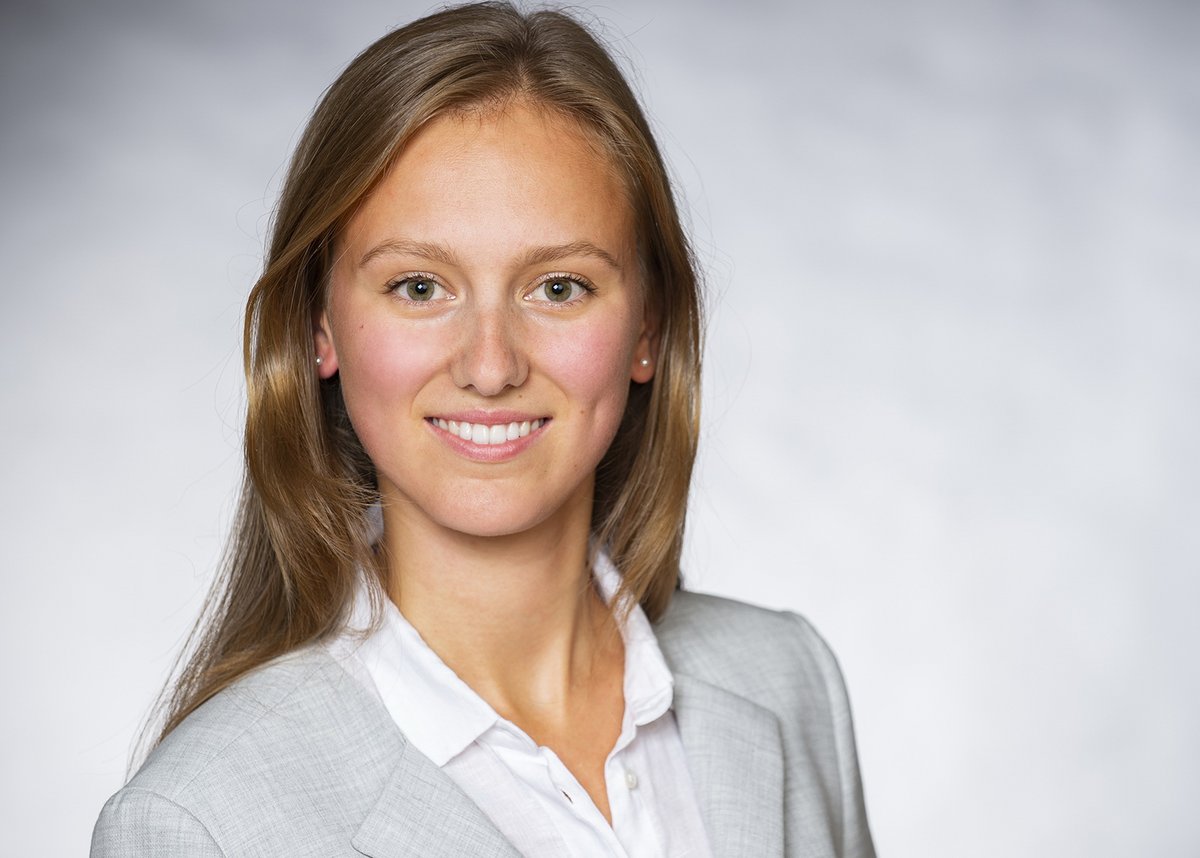
Inequalities pervade the entire federal asylum process
A political science study at the University of Konstanz finds that asylum applicants are not treated equally in all German federal states during all relevant decision-making stages.
It is not only the recognition rates from the Federal Office for Migration and Refugees (BAMF) that differ considerably between the states. A new study by political scientist Professor Gerald Schneider and students Miriam Leue and Nadine Segadlo shows that the unequal treatment of asylum applicants continues into the two subsequent decision-making levels. The first instance decisions of both the administrative courts and the interior ministries vary widely from state to state. The study follows the previous study published in March 2017 by Gerald Schneider and the then master’s student Lisa Riedel. They were able to show that, although the Federal Office for Migration and Refugees (BAMF) is in charge of the first decision on asylum applications, the asylum recognition rates between the German states differed considerably. As in the first study, these differences can be partly explained when political and economic aspects are factored in.
Initially, BAMF employees in offices distributed throughout Germany decide on the recognition of asylum applications. If an asylum seeker receives a negative decision and a deportation order, a complaint can be lodged with the administrative law court. If this fails, the immigration authorities at the interior ministries of the federal states decide on the deportation of the applicants. “There are such substantial differences between the federal states, even on the second and third level, that they cannot be explained away as random fluctuations. In any case, asylum seekers are distributed across Germany according to the so-called Königstein key, which takes the population and tax revenue of each federal state into account,” explains Gerald Schneider.
Significant differences in appeal procedures and deportations
During the period from 2010 to 2017 and across the states, clear differences in the quotas for appeal procedures with a negative decision were identified. The lowest rates during this period were recorded in Hamburg (19 percent) and Berlin (20 percent). The highest rejection rates were recorded in Saxony-Anhalt (52 percent) and Schleswig-Holstein (53 percent). A particularly strong deviation was found when looking at deportations: While the deportation rate in Bremen was six percent during this period of investigation, Saarland deported 66 percent of those who had their asylum applications rejected during the same period. At the same time, it should be noted that rejected applicants are allowed to voluntarily leave the country.
There are party-political effects
“As a result of our latest research, we were able to determine that partisanship effects also exist at the second and third decision-making levels,” says Gerald Schneider. One factor, for example, is the party that currently holds power or has dominated state politics for a long time. In regard to the decisions of the administrative law courts, the research team found the duration during which a party was at the helm to be more relevant. According to Gerald Schneider, these influences can be explained through the importance that political affiliations have for the appointment of judges and administrative staff.
When deciding whether or not to carry out deportations, however, the decisive factor is which political party in the government – or coalition government – controls the relevant state ministry of the interior. Baden-Württemberg, for example, with its coalition government comprised of the Green Party and the Christian Democratic Union of Germany (CDU), is in the middle of the field in regard to negative court decisions. But with its minister of the interior from the CDU, this state is one of the most consistent in terms of deportations.
Socio-economic effects also play a role
Deportation rates are also affected by socio-economic conditions within the individual states. Wealthy states tend to be more open to asylum applications. This is not only due to altruistic motives, however. It can be assumed that these states are interested in recruiting asylum seekers for their labour markets. Conversely, states with higher unemployment rates are more likely to have higher rejection rates since they have more citizens looking for work.
Overall, however, party politics dominate. Gerald Schneider's conclusion: “We can confirm that states led by the Social Democratic Party of Germany (SPD) are more likely to recognize asylum applications compared to states where the CDU is in charge”. The political scientist assumes that there are inequalities even within the federal states, which he will look into in a future study: “I assume that the various administrative law courts within a federal state also behave very differently. Location could play a decisive role here; whether, for example, an appeal to a rejected asylum application is administered in Sigmaringen or in Stuttgart.
More transparency, independence and control
Gerald Schneider and his co-authors, political science students Nadine Segadlo and Miriam Leue, utilised data from the annual reports of the Federal Statistical Office, responses of the German Federal Government to written inquiries in the Bundestag, and information obtained on request from the Federal Police and the BAMF. The data on the administrative law court decisions were evaluated for the first time ever. The fact that the study can only speak of trends has to do with the scarcity of detailed data, according to Nadine Segadlo, who wrote a seminar paper in support of the research study. “The incomplete breakdown of available data, for example, makes our calculation of the deportation rate a mere approximation of reality. More transparency would also contribute to a more objective debate on how decisions are made during the entire asylum procedure,” says Segadlo.
Bachelor’s student Miriam Leue, who also completed a seminar paper on this topic, sees an advantage in the rather descriptive nature of the examination: “The strength of the study lies precisely in its descriptive quality. It opens up space for further research based on the results of our study”.
Gerald Schneider also favours transparency that will counter this form of positive and negative discrimination. The relevant decision-making bodies should also be comprised of preferably non-partisan individuals who will carry out unbiased reviews of asylum applications. Enhanced monitoring would further the quality of asylum decisions. “From the point of view of the applicant, it is arbitrariness – in terms of in which federal state the application is decided upon – that plays too strong a role in the current decision-making procedure", explains Gerald Schneider.
Facts:
- A University of Konstanz study by Gerald Schneider, Nadine Segadlo and Miriam Leue shows that asylum applicants are not treated equally in a comparison of all German federal states.
- Period of investigation is 2010 to 2017.
- The research results submitted to a scientific journal for review can be viewed in advance in the following blog post by Gerald Schneider.
- Data for the study came from the annual reports of the Federal Statistical Office, responses of the German Federal Government to written inquiries in the Bundestag, and information obtained on request from the Federal Police or the BAMF.
- Funding for the study was provided through the external funding reward for the International Politics chair of Gerald Schneider.



